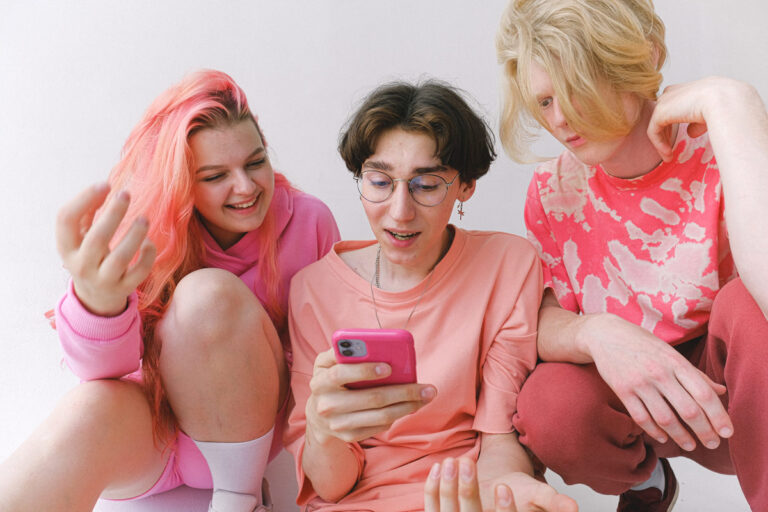Instagram now offers an instant translation feature on Stories
Instagram will now offer an instant translation feature right in Stories, allowing users all around the world to translate text on Stories they’re viewing with just a couple of clicks. This relatively small but meaningful update will undoubtedly make the app even more global in scope than it already is. Here’s how it works exactly.
✨ Nuevo: traducciones de texto en tus historias
— Instagram (@instagram) July 21, 2021
🤩 नया: Stories में टेक्स्ट ट्रांसलेशन
⭐️ Novo: tradução de texto no Stories
💫 New:ストーリーズのテキスト翻訳
🌟 New: text translations in Stories pic.twitter.com/dMPgIXrsub
It’s pretty simple to use. When viewing an Instagram Story where a language other than your own is detected, a small ‘See Translations’ banner will pop up in the upper-left corner of your screen, beneath the person’s handle. Clicking the banner reveals the translation at the bottom of the Story right into your native language. Instagram says that more than 90 languages are available for translation at launch.
For now, the feature is only available for static text, but Input highlighted how “translation for Instagram’s audio captions won’t be too far behind, either.”
It’s pretty clear that Instagram has been working harder than usual on keeping its platform as relevant as possible for its audience. After all, it was less than a month ago that head of Instagram Adam Mosseri announced that the app would completely renew its strategy in order to compete with TikTok.
Oh, and let’s not forget the amount Facebook—Instagram’s parent company—plans on spending on content creators in 2022 to entice them to post new content on its platform. $1 billion, guys, gals, and non-binary pals. Keeping kids off TikTok is proving to be harder than it initially seemed for other social media giants.
And focusing on its Stories feature doesn’t sound like a bad plan for Instagram. Given its overall popularity, Stories is a sweet spot for the platform, “a place where it can integrate new features TikTok has yet to copy,” Input added. Text translation is not yet available on TikTok—this makes it yet another way for Instagram to differentiate itself from the competition. While doing so, Instagram is also aware that people love the TikTok experience, which explains why it’s also taking steps to make its feed more TikTok-like.
That being said, it’s somewhat surprising that Instagram didn’t offer this new feature sooner considering the app’s global user base. According to Statista, India has more than 150 million users, followed by the US with 140 million, and Brazil with 100 million. Those are three countries with some pretty different languages.
Stories translation is available now around the globe in over 90 languages, with more to come soon. Time to go stalk some more Stories!






